For Americans 62 and older, a reverse mortgage is a great way to put much needed cash in your pockets during your retirement years when a steady paycheck is no longer coming your way. Whether you’re happy with your reverse mortgage as it exits or you’re looking to refinance your mortgage, reverse mortgage loans remain a welcome financial relief to cash strapped folks who’ve entered their retirement years.
Say the experts, a reverse mortgage can be used to tap into your home’s equity which you’ve been building up for years. More importantly, it allows older Americans to stay in their homes for the rest of their lives if they so choose without having to pay a monthly mortgage payment.
The cash that comes from a reverse mortgage can include a line of credit which many borrowers choose to utilize to make home improvements and renovations. Be it a way to maintain your family home’s value, or to overhaul it from an out-of-date house to a more digital-friendly property, using your reverse mortgage proceeds is a great way to pay for renovations.
According to certified financial planner, Dennis Loxton, roof repairs and/or replacement, plus bathroom and kitchen renovations are said to be three of the most popular home improvements to be made with reverse mortgage cash.
But he goes on to stress that using the money from a reverse mortgage to engage in expensive renovations might not necessarily be the best idea for everyone. Prior to meeting face to face with a reverse mortgage specialist, there are several important factors to take into account.
Says Loxton, “From our perspective, we’re going to advise borrowers to A) make sure you’re dealing with licensed contractors; B) make sure it’s worth what you’re putting into it—sometimes I’ll advise them to talk with a realtor to determine if you’re going to put another $30,000 into your home, that you’ll get some level of it back out—or C) that you’re staying here for the long haul.”
He goes on to suggest that borrowers consider the following factors when utilizing their reverse mortgage cash to invest in a home renovation project.
Should You Stay or Should You Go?
Before making the decision to dig into your reverse mortgage proceeds you and your spouse need to ask yourself one very basic question. Do you plan on staying in your home for the rest of your days or do you plan on moving to that beach house in Florida you’ve had your eye on for years?
With the U.S. average life expectancy closing in on 80 years old, you can easily live another 20 years after retiring and taking out your reverse mortgage loan, that is you choose to retire at 62. You might consider using your loan to not only pay off the existing mortgage, but also to invest in substantial, if not badly needed renovations. But perhaps you should just consider selling and moving instead.
That said, for some aging homeowners, it just doesn’t make a whole lot of sense to use reverse mortgage cash to pay for expensive home renovations since the costs might outweigh the benefits. For others however, it might be the optimum way to “age in place.” Whatever you do, you need to speak with a reverse mortgage specialist before you do anything.
Consider Your Alternatives
If after meeting with a mortgage counselor you feel that your home requires more repair than it’s worth, you might decide to use a reverse mortgage to purchase a new home outright with cash, thus enjoying the benefits of an updated home without having to pay a monthly mortgage payment. This is said to be the goal of a home equity reversion mortgage (HECM), which is a fancy term for reverse mortgage.
Taken a step further, an HECM for Purchase will allow seniors to buy a brand new primary residence using the cash from a reverse loan. But in order to make it happen, you have to already possess a down payment that’s big enough to cover the difference between the HECM payout and the sale price, plus the closing costs on the new purchase.
You can also use a home equity line of credit, or what’s known as a HELOC, to cover the cost of home renovations. But you will have to make monthly payments on this loan, as opposed to a reverse mortgage which requires no monthly payments. Instead, the loan gets paid back once you leave the house, or the borrower dies.
Do Your Research
If you’re dead set on using the proceeds from a reverse mortgage to pay for the renovation of your existing residence, you need to conduct in some serious research. You need to understand the total costs associated with the work you want to have done. You should also plan for unforeseen extras. For instance, if you’re renovating the bathroom, it could very well be that once the old floor is demolished, the rafters and beams beneath it could also be rotted, requiring a more extensive and expensive renovation.
Loxton stresses, “Make sure you’ve done your homework and have a few different quotes before you even apply for the reverse. One of the things you want to avoid is [a situation in which] the repairs started as an $8,000 to $10,000 update, but they morph into a $50,000 production. If you haven’t done your homework and know that a reverse mortgage will only give you X in your first year, you have to have a contingency plan.”

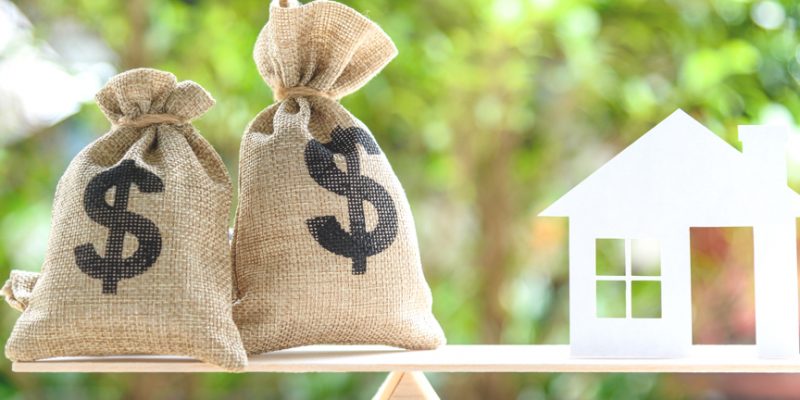
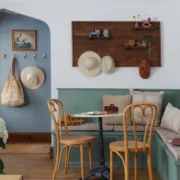



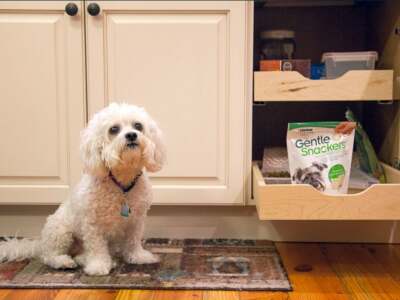
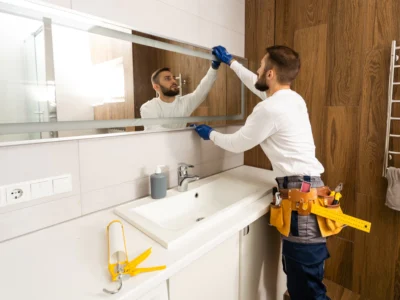

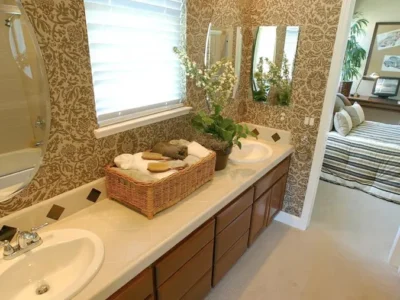




Comments